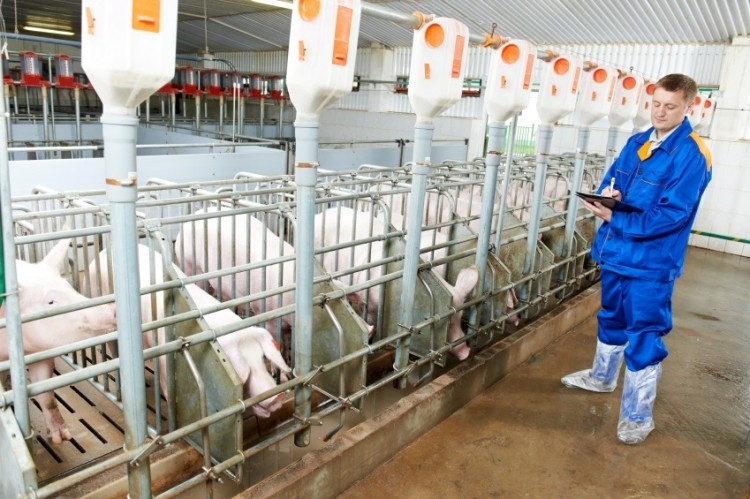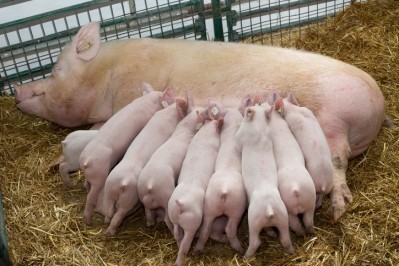Dispatches from One, Alltech's Ideas Conference
Nutrition, technology play role in improving US swine production efficiency

We caught up with Russell Gilliam, US swine business leader with Alltech, at One, the Alltech Ideas Conference to hear more about the work being done to improve efficiency in swine production.
The use of some technologies can improve production and make life easier for swine producers, he said. “It helps them to manage their pigs better, helps to manage the environment better and feed better,” he added.
Upgrading facilities to allow for the use of new technology also means that producers maintain more control when outside of the barn, he said. “The application of the technology is really growing,” he added.
Producers may not have the ability to be constantly in every barn, every day but technology can be used to keep information flowing and potentially indicate minor problems before they grow,” he said. “This kind of takes the place of when you’re not there,” he added.
“Once you get into management, those people can’t get to all the barns, and do all the things they did, but they still understand what needs to go on,” he said. “So [technology] allows them to go online, and look and see where are some of the areas where we can capture some efficiencies with little to no work.”
Nutrition and efficiency
At the nutritional level, the technology involved often looks to components of the feed, said Gilliam.
“Where nutrition plays a role with all this technology is nutritional ways of improving the immune status,” he said. “It starts all the way back at the mother, so in utero there are technologies we can feed that allow the mother to transfer more immunoglobulin to her babies.”
Specific nutritional additives could also increase immunoglobulin or mineral levels in the milk produced, and might offer improved colostrum amounts for piglets, he said. “What that does is give them a jump on their resistance and it allows them more opportunities to optimize performance,” he said.
Barn technology and ‘a second set of eyes’
When building a new barn, or retrofitting older facilities, finding ways to improve oversight or to address concerns and changes more quickly is emphasized, said Gilliam.
“You can put cameras in barns – now you can see exactly what’s going on,” he said. “You can put weigh bars on your feed bin so you know how much feed is in there – you know how many pigs are in your barn; so you know how much they’re eating, based on how much the feed in the bin is changing. It allows you to predict feed deliveries and it allows you to predict about what weight the pigs are.”
Producers still need to visit the barn to manage their animals, but technology can offer a “second set of eyes,” he said. “The other value that bringing technology into the barn brings us is troubleshooting,” he added.
Systems that allow producers to watch machinery performance or water use remotely can improve the efficiency, said Gilliam. “One of my customers is having trouble with the feed not getting delivered as quickly as it should have throughout the barn – they logged on to the system and found that one of the motors delivering the feed was drawing too many amps, so it tells them the motor is getting ready to go out – they diagnosed that before they even got to the barn,” he added.
By tracking aspects of barn management like water or feed use, producers can see patterns established in animal behavior and be alerted to sudden changes, he said. Knowing the patterns of animal behavior means producers can pick the best times to interact with animals without interrupting their routines.
Additionally, electronic systems may be able to react more quickly to address certain changes, like temperature, than a person could, he said.
Role for communication
Technology also may be able to help with another current challenge that producers face – improving communications with consumers, said Gilliam.
“The one question that everyone is trying to answer is how do they communicate to their consumer?” He said. “The first thing is, ‘How do we let them know that we’re doing the best job that we can to make sure that our animals are treated properly and well taken care of?’”
Technology can help in different ways, he said. The rise of social media means it may be easier to communicate directly with consumers who have little interaction with farms.
However, technology also can play a role in better allowing consumers access to see and understand what is going on at the farm level, without comprising biosecurity measures, he said. “It’s just making the jump between being proud of [the work being done] and showing people what you do,” he added.









